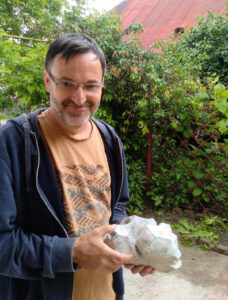The effect of András Koncz-Münich’s artistic ceramic creations on the viewer is very strong, with special scenographic and sculptural connotations. Some works make you think of formations of primordial matter, with structures and conglomerates arranged sometimes in tension, sometimes in harmony with each other. Some look like artifacts of an advanced civilization from another time, past or future. Certainly in his art you can capture the unity between spirit and matter, a unique plastic imprint, an impeccable technical process and a fine playful accent, the fruits of a thorough study of traditional and contemporary ceramic techniques, but also of continuous experimentation.
In addition to his artistic activity, András is involved in research, art education and psycho-pedagogical counseling programs, holding workshops and workshops on ceramic techniques.
Koncz-Münich András Koncz-Münich András, originally from Bistrița and trained in Cluj at the Ceramics-Silk-Metal section of the University of Art and Design in Cluj-Napoca, is one of the most complex contemporary ceramists in the East-European circuit.
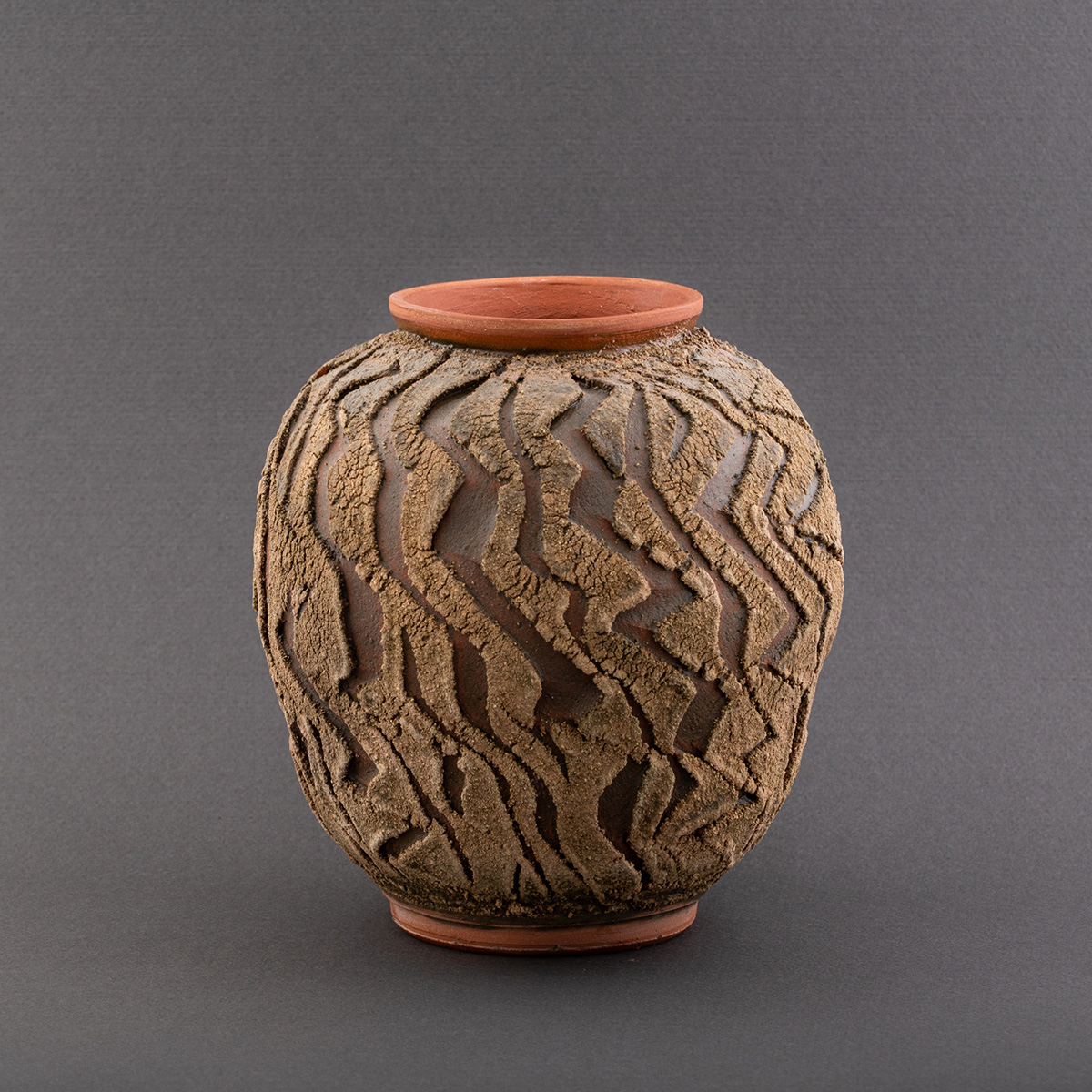
When did you first think or set out to become a ceramist?
It was by chance that I was admitted to the ceramics department of the art university in Cluj, but during my studies I began to like this field more and more and it became my favorite form of artistic expression.
Can you tell us about what it was like and how you felt when you participated for the first time in a ceramics exhibition?
I think the gallery of the International Ceramic Studio (ICS) center in Kecskemét was my first participation in a specific ceramics exhibition in 2004, I was very impressed by the facilities of that ceramics center, the valuable artworks in the exhibition and also in the ICS Kecskemét warehouses. In the country I would mention my first participation in the national ceramics biennial organized by UAP at the Cluj Art Museum in 2012, but of course I also participated in other more general exhibitions. And the first personal exhibition of ceramics that I remember fondly took place in 1999 at the County Museum in Bistrița. The exhibition “Denivelări”, which was later presented at the Galeria Veche in Cluj, was the result of a project realized together with my wife Koncz-Münich Judith, during which we experimented with various natural clays found in the area, we made several experimental firings in pits or in improvised kilns…
What do you like to be called, ceramicist, potter or visual artist and why?
I have a great respect for the potters who, as few as there are left, try to preserve the tradition of pottery in the countryside. The name “potter” has rather this connotation of a folk craftsman; although I like to work on the potter’s wheel and I like to teach others to “pull the wheel” – as they say – I don’t think I can be called a potter. The name artist doesn’t make me very happy either (it reminds me of a circus artist). Visual artist is perhaps more acceptable nowadays for a visual arts university graduate who can easily move on to different visual artistic mediums of expression. The name ceramist in Romanian is justified for someone who deals with ceramics, but in English I prefer “ceramic artist” and not “ceramicist” or “potter”.
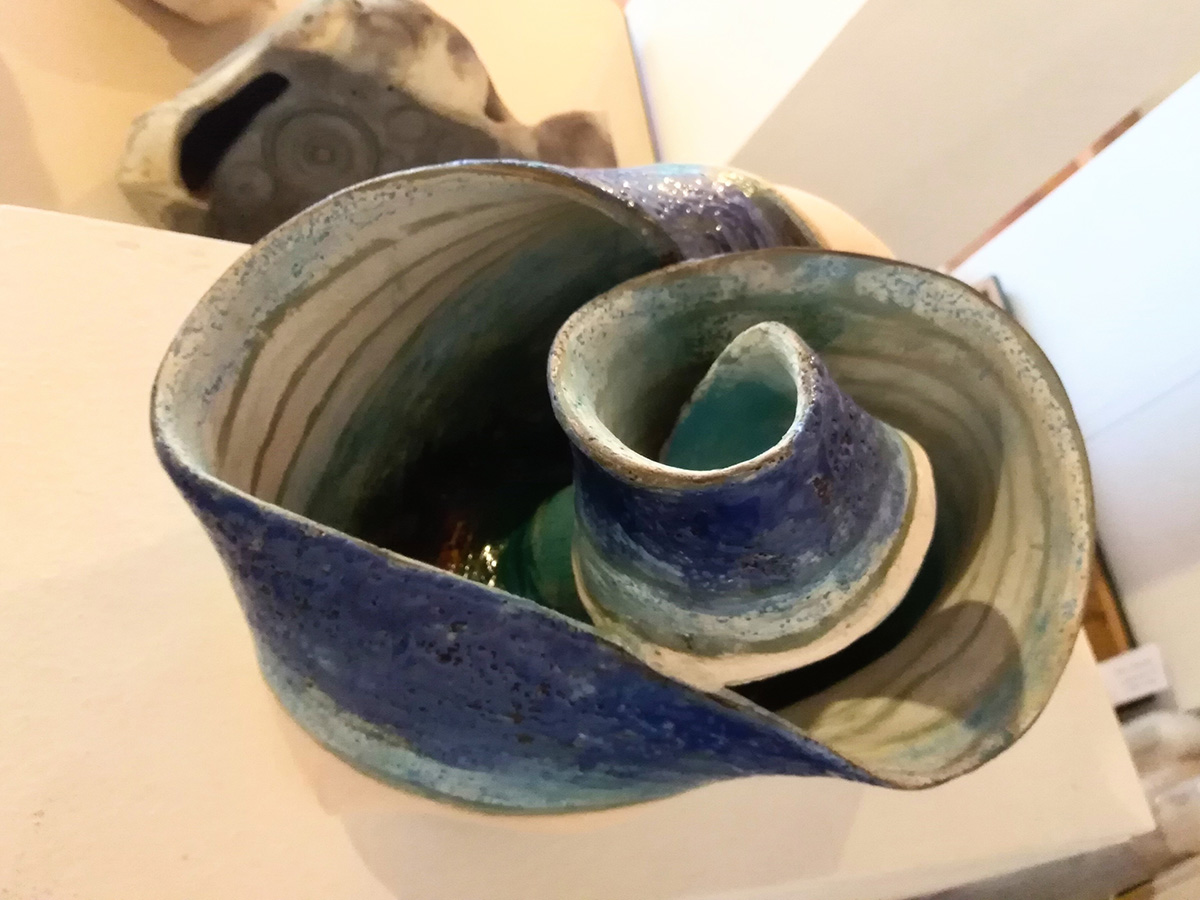
What does ceramics mean to you?
Ceramics is my favorite medium of expression but also my favorite medium of teaching at school or in the courses for adults that I teach both at Espresso Studio and in collaboration with the Ronda Association. Ceramics is also a way to maintain emotional balance, good for counseling and art therapy.
What do you think is the most important quality of ceramic art?
It combines different fields of art with technique, science and experimentation, while at the same time being part of human culture since its inception. It is also an excellent pedagogical method, school counseling and psycho-pedagogical assistance, unfortunately insufficiently exploited (almost totally neglected in our country).
What are your sources of inspiration?
Nature, history, archaeology, geology, astronomy, geometry, art history, modern and contemporary art, archaic and folk pottery.
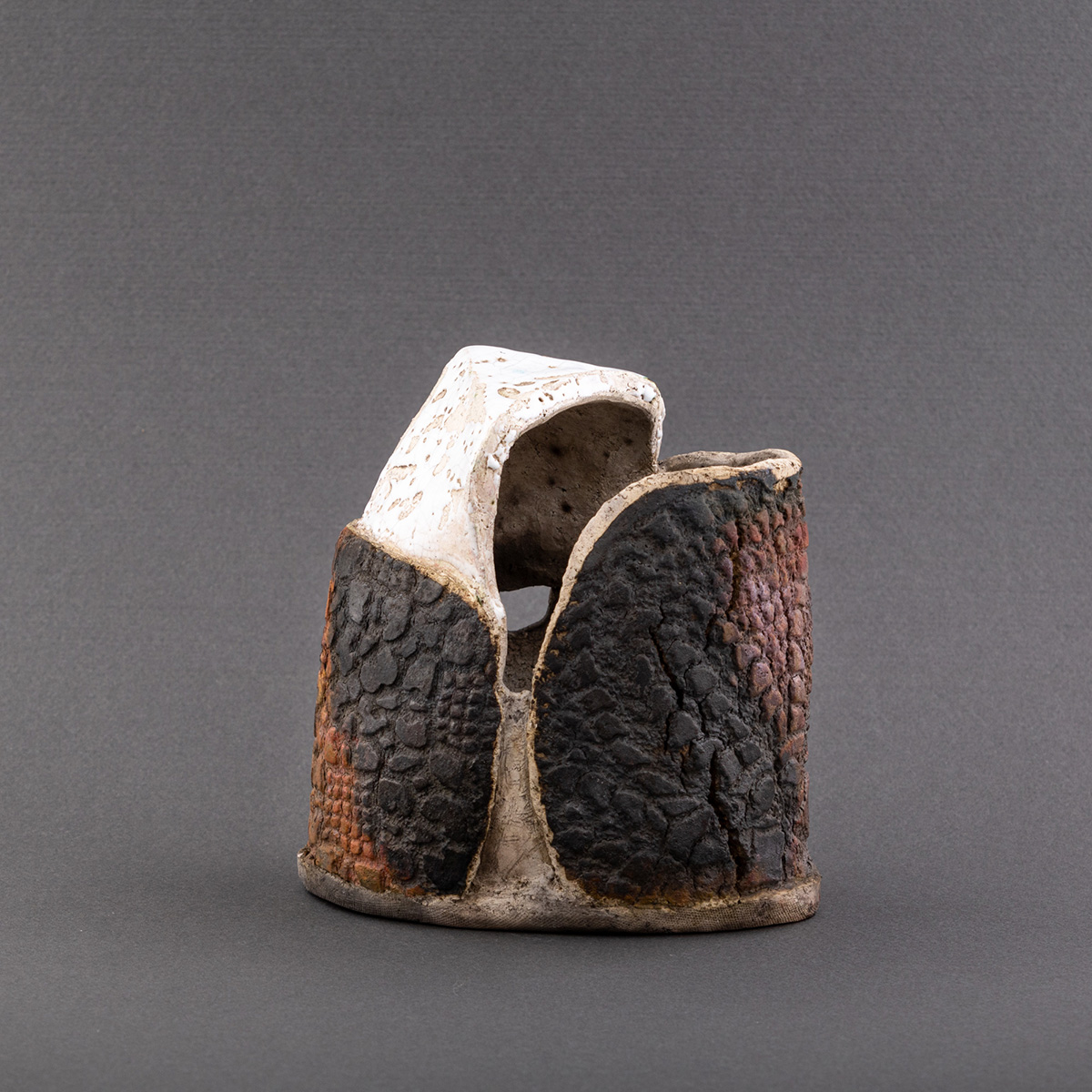
Which ceramic materials do you like to use most and why?
Lately I use lightly chammated clays of different colors for space constructions, often I also use paperclay, and for pottery a vitrus with higher plasticity without chamotte.
Do you use more industrial techniques and technologies dedicated to ceramics or more manual working techniques? What do you think are their pros and cons?
I use less industrial technologies and more manual techniques, possibly the potter’s wheel, clay extrusion press, plaster shapes I create myself. I believe that objects created by hand are more expressive, more natural, more unique, incomparably more valuable than those mass-produced with industrial technologies.
Can you give us an example of archaic pottery that you particularly appreciate and what is it about it that appeals to you?
I really like archaic pottery, from the Japanese Jomon, Minoan and ancient Greek pottery to Neolithic pottery such as the Cucuteni.
What do you think about the pottery of the Cucuteni-Tripole civilization?
It’s particularly beautiful, very rich in expressive shapes and with that unmistakable spiral linear decoration full of magic.
What do you think are three of the most important ceramic events in the world?
It’s hard to choose which ones are the most important, maybe Ceramic Art London, the Korea International Ceramics Biennale or the Faenza International Ceramics Competition.
Which ceramics event or gallery do you dream of exhibiting at and why?
I don’t have a dream to exhibit somewhere in particular, it would be a dream come true to exhibit and be successful at any major event dedicated to ceramics, to succeed in creating valuable ceramic objects with which to be accepted in an international circuit of artistic ceramics.
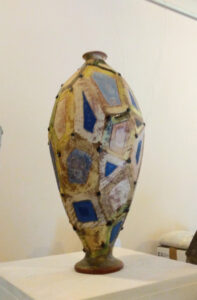
How would you describe your job in three words?
Passion, hard work and creativity.
What do you think are three of the most important qualities a visual artist should have?
They should have a good command of several artistic mediums of expression, be it photography, painting, ceramics, sculpture or new media technologies.
What do you think about Romanian ceramics?
It still doesn’t have a wide enough audience, as the technical facilities needed for a ceramics studio prevent many art university graduates from starting a career in this field. In mainstream schools, students do not have access to pottery classes and thus entire generations remain without any contact with this field, so in the future there will not be many pottery amateurs or lovers. It is missing the middle class of amateurs, consumers, those who would also practice ceramics as a hobby. Pity. But there is a wave of ceramics enthusiasts, creators and consumers out there, and they can make things right.
What do you think are the needs of the ceramic artist?
The ceramic artist needs a technically well-equipped studio (necessarily with an electric kiln). It needs easy access to specific materials: clays, glazes etc. and, most importantly, it needs an interested public to appreciate and buy its creations.
What would you recommend to younger ceramists to help them find their way in their career?
I recommend them to try to work more in groups, to equip well a bigger ceramic workshop that they can use together. The costs of starting up a workshop are very high, but if they share these costs or together access some of the funds to equip the workshop, they could be more successful.
Which ceramic artist or artists have inspired you throughout your career or are a reference point?
Jakobovits Márta Márta, Beate Kuhn, Eugenia Pop, Peter Voulkos, Bernard Leach, Hans Coper, Edmund de Waal, Hiromu Okuda and many others.
Interview by Letiția Câmpan.

